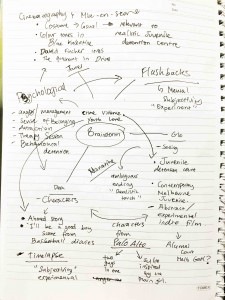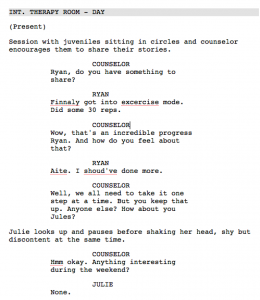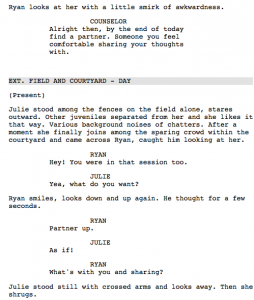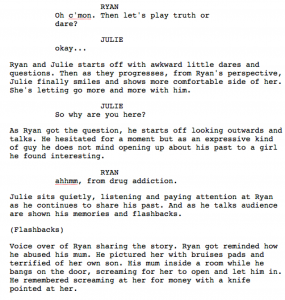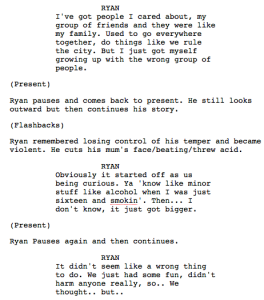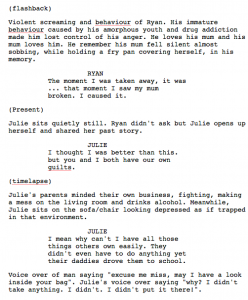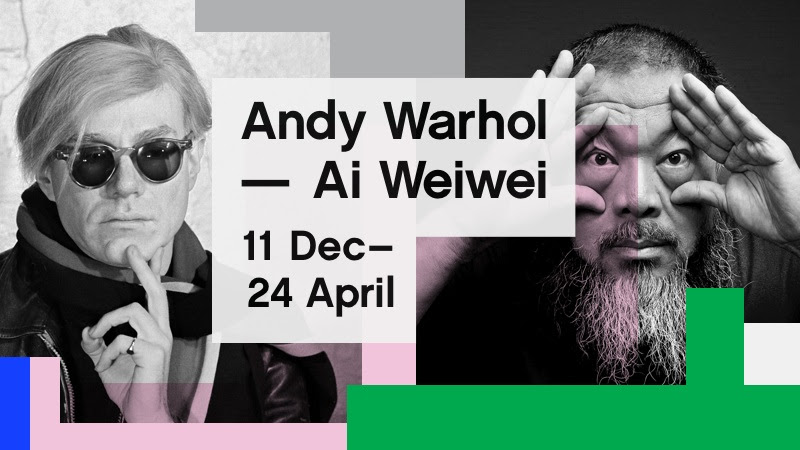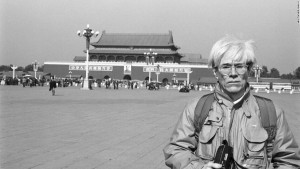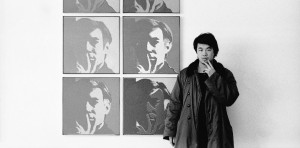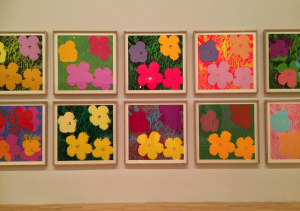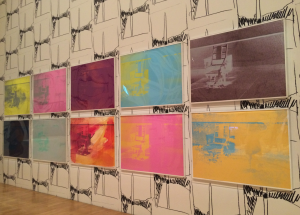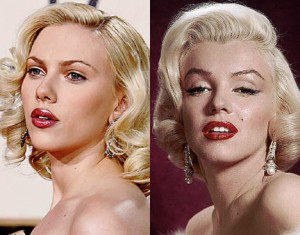In our week 10 to 11 studios, we were focusing on how our studio presentation will be delivered. When put into groups to brainstorm some of these answers, I have found so many similar interests and results experienced by my colleagues let alone inspire each other. Then the whole studio contributed in a single, shipwreck of a G-doc to answer these three questions that some of us cannot, for the first fifteen minutes of the studio, write anything on.
What is the studio investigating/exploring? How did it do this?
The studio has explored enlightening theories from past/historical thinkers and practitioners. By introducing these academics through readings, we are able to investigate a wide range of international knowledge from different directors, filmmakers and other media experts or founders. Furthermore, inspirational screened films in this studio implements significant exploitation that challenges previous restrictions and limitation. These new findings involves the use of mobile camera, IMAX 3D cinema inspired by Lumiere Brothers, media materialism, a mending of action genre in Nicolas Winding Refn’s Drive and thinking outside the box. Like what Jafar Panahi did with his This Is Not A Film, he ‘told’ his film instead of showing it due to the restrictions he experienced as an ex-director by the government. The studio has also explored time and space as part of framing, that both of these elements can be manipulated. It further examines cinematic theories and the projection on the frames through technical use of cameras. Within the frames, there are communications thus, a relationship between the audience, the filmmakers, and also the cinema itself. Finally, “framing is a position of thinking” is the main topic generalised across ‘On The Frame’ studio.
What did you discover in terms of your current/future professional practice?
I discovered that as the studio runs, I am able to differentiate between framing and storytelling although both are closely related. It is because we are positioned to focus more on the visual framing rather than narrative contents or components of the cinema. By attending this studio, I have obtained the knowledge of framing our perceptions and discover the idea of camera as part of human body through the readings and experimental projects. What I will be taking out of this course for my future profession as a media practitioner is a greater knowledge of cinematic framing and development of aesthetics within the frame. Having seen and actually experienced the films of a variety of directors, my understanding of their films and framing techniques has continued to inspire me towards future filmmaking practices. I would also continue to expand my studies on cinematography for framing as what I have experienced in this course serves as a grounding base for my cinematic practice.
What about this studio would you recommend to potential future students?
Basically I would recommend the free-will that we have to the potential future students. The free to “think” and “do” things that we are interested in for our own projects and experimentations are the most important self-triggers of being a media practitioners. I insists on attending the studio’s screenings, especially to experience ‘hardcore’, mind-blowing films like Mad Max that were screened in class. To further endorse future students, what about the studio that most interest me is that we are then able to see the shift of the cinema from its primitive states untill what is contemporary cinema today as well as where cinema may or may not be headed. Learning this cinematic timeline across its histories does contributes to any student’s deeper understanding of how cinema came to be.


